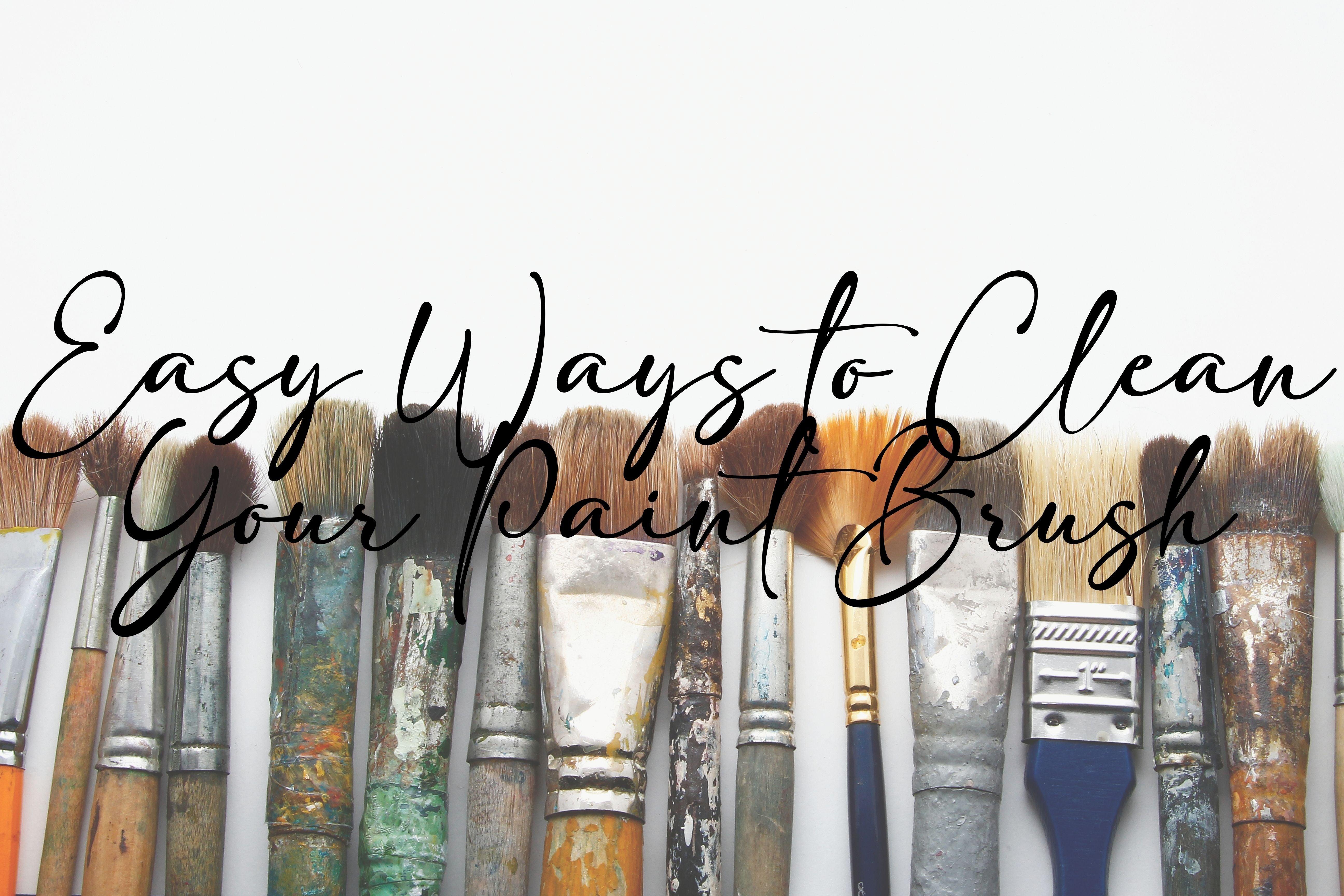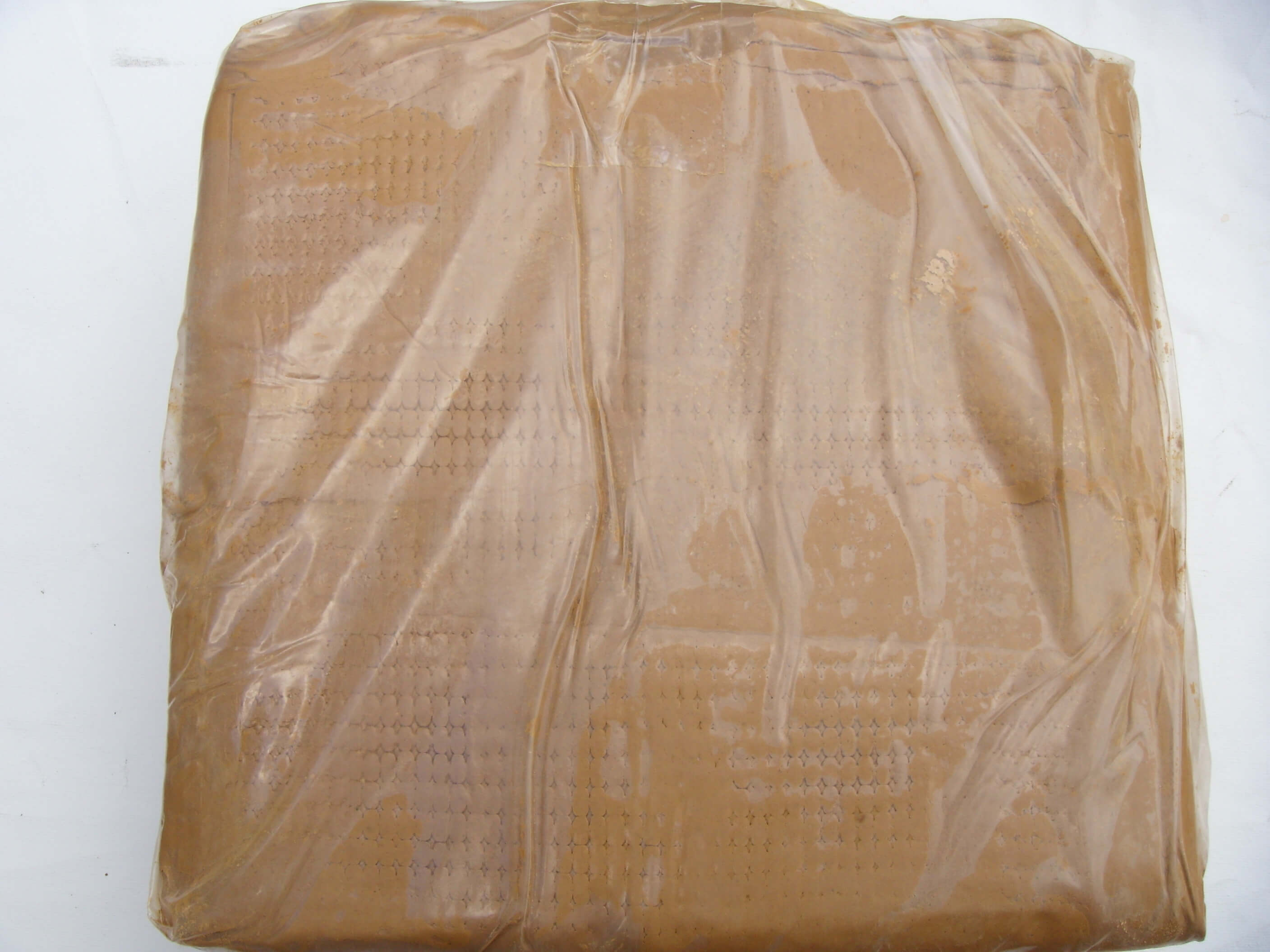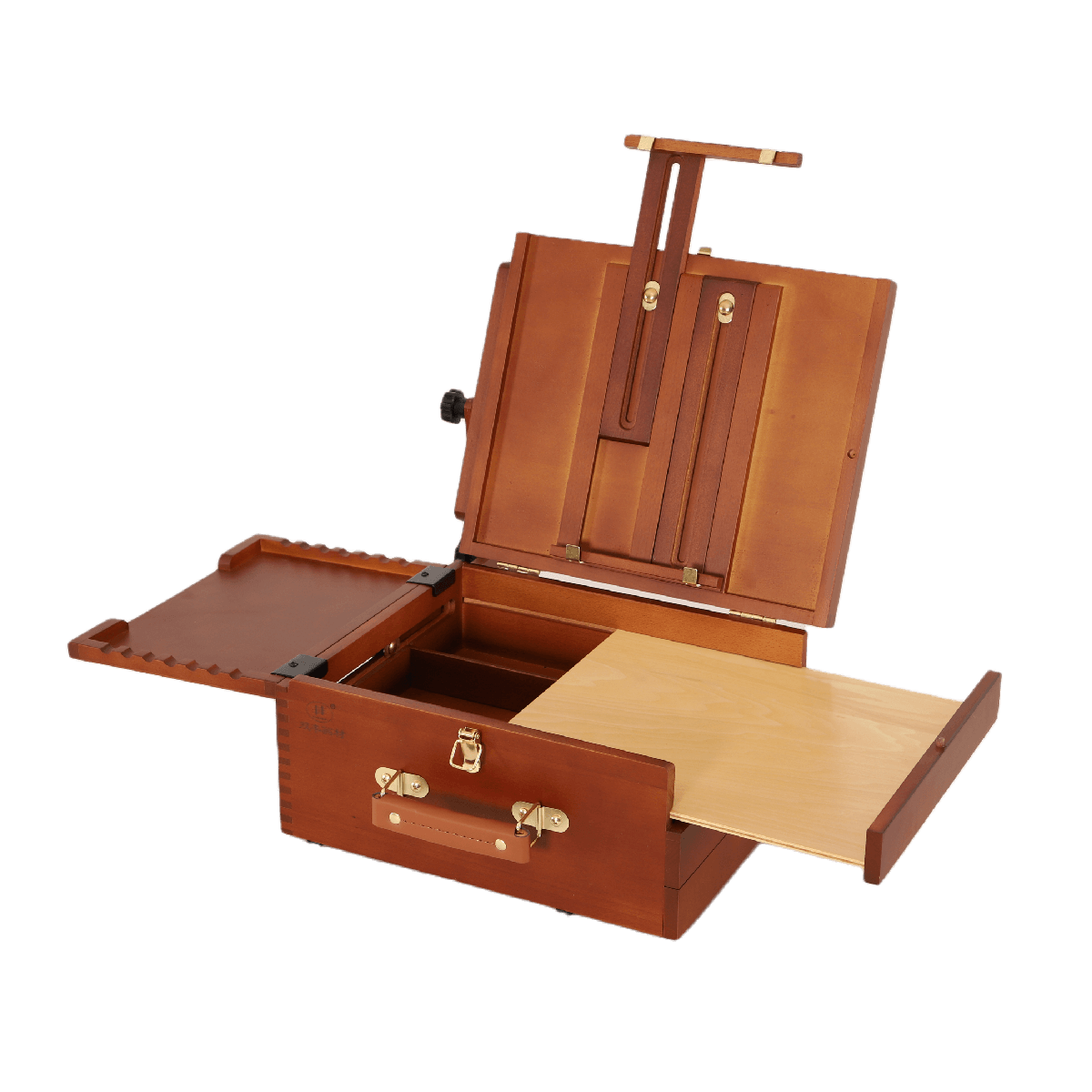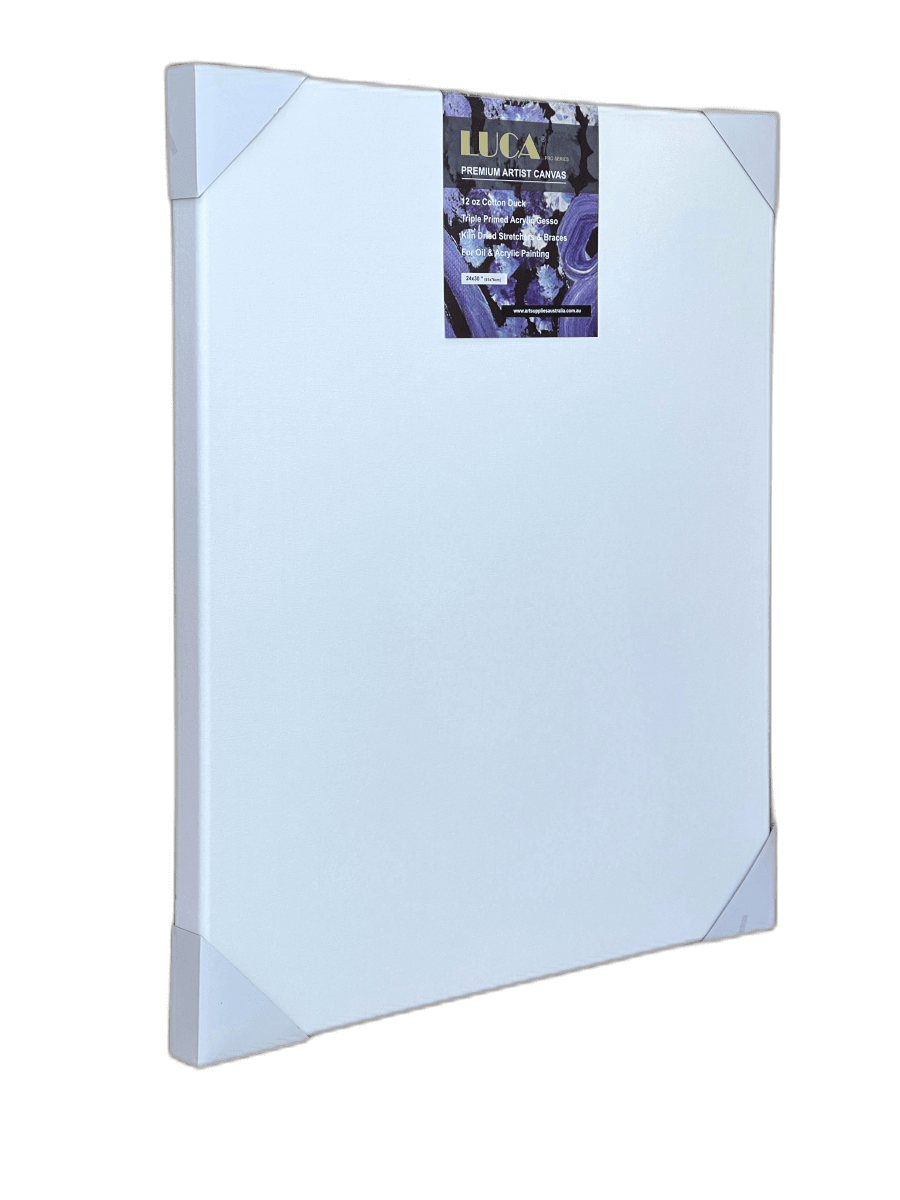Paint is everywhere and getting paint on your brush is inevitable. And not only that, but the bristles are tough to clean when they get covered in paint. But don't worry! There are some simple ways you can make sure your brush is always clean before it dries.
One way to avoid this problem is by using disposable brushes or rollers; these tools are found at Art Supplies. This is easier to wash than ones with bristles because there's no risk of accidentally pulling out the strands when washing them. Disposable brushes also last longer than regular brushes, so you'll save money in the long run by avoiding damage from cleaning methods like soaking in water or throwing them into a sink full of soap and water.
What You Need to Know About Paint Brushes
Powder-based paint and water-based paint each have different factors that determine how to clean your brush. If you're using powder-based paint, follow the instructions on the side of the can.
This includes steps like letting your first coat dry before applying a second or third one and allowing it to dry thoroughly before attempting to clean your brush. Water-based paints can be cleaned with warm water, dish soap, and a stiff-bristled brush.
The Best Ways to Clean Paint Brushes
So what are some of the best ways to clean your paintbrush? Follow these easy steps for effective cleaning:
Clean the Paint Brush Using Solvents
Use solvents to remove the paint if it's water-soluble. Otherwise, you can try a soap and water mixture or baking soda and vinegar.
Make sure to brush your paintbrush in the direction that the bristles are pointing. If you have a nylon or natural bristle brush, then scrubbing it in this way will make it last longer.
Steps:
- Remove all the paint you can from the brush by using a towel or newspaper. Do this by wiping the bristles on the paper. If there's still paint left, roll your brush up in more newspaper or use another piece of paper to remove that paint.
- Pour the solvent (water or paint thinner) over the bristles and let it sit for at least 10 minutes. If you're using water, then make sure to keep adding more until the strands are submerged.
- Even if you don't see all of the paint coming off your brush, it will probably loosen as time goes on; just let the solvent soak for a few minutes before continuing to clean your brush.
- Scrub the bristles with a cloth or paper towel, going in the direction of the hairs, so you don't pull them out. If there's still some paint left on it, use another piece of cloth and some more solvent.
- Let your brush dry completely before using it again.
- Clean your paintbrush using soap & water
Fabric Conditioner May Do the Trick
A fabric conditioner is a cleaning product that can help remove water-soluble paints from your paintbrush. Just soak your brush in a fabric conditioner and warm water for 10 to 15 minutes before rinsing it in cold water and letting it dry overnight.
Steps:
- Remove the remaining paints sing towels or old clothes. Use a paper towel or a fresh cloth to ensure you don't mess up your paintbrush with a bunch of lint from an old towel.
- Pour the fabric conditioner into the sink and fill it with warm water. Keep adding fabric conditioner until all the bristles are submerged, then let it soak for 10 minutes before cleaning.
- Once the fabric conditioner is done working its magic, clean your paintbrush by scrubbing it against a bar of soap or a bar of concentrated hand soap. You can also use a dishwashing liquid to help get rid of the paint.
- Rinse your brush with warm water, then blot it dry with a paper towel and leave it out to dry overnight.
Dish Soap May Work, Too
It's a well-known fact that dish soap is great for getting rid of grease, but it can also work to remove paint from your paintbrush. The fatty acids in the dish soap help lift the water-soluble dyes off of the bristles without damaging them too much.
Steps:
- Remove as much paint as you can using a paper towel or cloth by blotting the bristles.
- Pour some dish soap into a small container and fill it with water to make suds. Submerge your brush in soapy water and let it soak for 10 minutes before rinsing off the soap and paint residue.
- Rinse the paintbrush until all of the soap is gone, then blot it dry with a paper towel. Put it somewhere to air dry overnight.
Use Vinegar When Cleaning Paint Brush
Vinegar is an acid, so it can help lift water-soluble paints off of your brush bristles more easily than soap does. It's also gentle enough to damage the bristles, which makes it great for oil or acrylic paints.
Steps:
- Pour some vinegar into a container and fill it with water. Submerge your paintbrush in the vinegar-water mixture and let it soak for 10 minutes.
- To help loosen the paints, scrub the bristles against a bar of soap or concentrated hand soap.
- Rinse out your brush under hot water until all of the soap and paint residue is gone. Rinse off any residual vinegar by blotting your paintbrush with a paper towel.
- Put the paintbrush somewhere to dry overnight.
The Importance of Keeping Your Paint Brush Clean
"Why bother keeping your paintbrush clean?" you might ask. Well, getting paint on your brush can cause problems with your exterior or interior walls. Especially if the paint is water-soluble, it's probably going to be pretty hard to get off once it dries up and sets in.
Some methods will help remove the paint, like using a regular brush and soap and water. But if you're dealing with latex paint or even oil paints, that usually won't do the trick.
In addition to keeping your paintbrush clean, it's also important to consider the type of surface you're painting on, such as art canvas, stretched canvas, or canvas boards, and to choose the appropriate type of acrylic paint, such as fluid acrylics, heavy body acrylics, or acrylic gouache, depending on the effect you want to achieve.







